Your West Coast Oenophile finds himself between the proverbial rock and hard place these days. Things are starting to feel close to normal in the wine world, at long last, but Sostevinobile faces a veritable quandary in its quest to launch a brick & mortar operation in San Francisco.So rather than wallow in my frustration, the best solution for now seems to be to get back on the road and revive my various wine connections whiole waiting for my $10,000,000 ship to come in.
And so I gathered myself up a couple of weekends back and returned to Sonoma for its rendition of my favorite quarterly gathering: the Garagiste Festival. I’ve written numerous times on how this event always enables me to discover half a dozen or more new or unknown (to me) labels; this session did not disappoint. Given that I eschew these new-fangled co-ferments like piquette and wine-cider hybrids, I glossed over the most of the offerings from Bard Clan, but did cotton to their 2018 Night Cabernet Sauvignon, Nearby, it was great to see Bertus van Zyl, head winemaker for The Farm Collective (Regusci Winery, James Cole Winery, T-Vine Cellars, and Tank Garage Winery), fronting for his own label, Belong Wines. His appealing 2019 Mourvèdre paired nicely with the distinctive 2022 Chasing the Sun Rosé, a proprietary blend of 47% Mourvèdre, 28% Cinsault, and 25% Grenache.
It was most interesting to discover that Darling Wines is the eponymous appellation for winemaker Tom Darling. Here, his 2021 Pinot Noir Turnstone Vineyard was accompanied by two other Sonoma, plus an amiable 2022 Pinot Gris La Cruz Vineyard from the Petaluma Gap. It may not be criminal, but Patrick Callagy achieves his vinification with Intent; his first degree bottlings here included the 2018 Pinot Noir Golden Fleece Vineyard and a most impresive 2018 Sangiovese Ipichella Vineyard.
Specializing in Sangiovese, Manzanita Grove piur a three year vertical, starting with a remarkable 2018 Estate Sangiovese. Not surprisingly, her 2020 Super Tuscan wowed with the intensified flavors of its Sangiovese blend. Next over,I confess I initially had trouble with Monroy—autocorrect kept insisting it was Monroe! But there was no need to ameliorate the three year vertical of their Cabernet Sauvignon Chalk Hill, capped by the superb 2020 vintage.
San Martin’s Moose Mountain is a rather esoteric venture, focused on an eclectic selection of grapes like French Colombard and Malbec, but their standout offering here was the 2019 Nattan but Tannat, a palindrome inside a palindrome. Similarly, Omega Road from the Livermore Valley showcased their distinct varietal bottlings: a delightful 2022 Torrontés and a rare 2022 Sangiovese Rosé.
New wine ventures at Garagiste are always intriguing to discover, and Parea comported themselves admirably with both their 2021 Cole Ranch Riesling and the 2021 H. Klopp Chardonnay. So, too, was the debut of The Elkhoury, a boutique husband & wife project from Carneros, producing both their 2012 Pinot Noir Estate and the 2022 Pinot Noir Rosé Estate. Though billed as their first vintage, Sugarloaf is a long-standing custom crush facility in Santa Rosa that numbers such acclaimed labels as Clarice and Korbin Kameron, as well as owners Joe & Elena Reynoso’s Crescere, but this eponymous label now offers a 2021 Estate Rosé Pinot Noir and a matching 2021 Estate Pinot Noir.
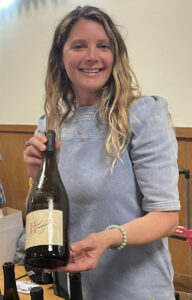
Ashley Holland of Read Holland
Always a standout!
Speaking of renewing acquaintances, I first met the alliterative Thomas T. Thomas more than 20 years ago through my college friend Alan Jones, who was then dating now Vice President Kamala Harris.Nearly a decade ago, he pulled up roots and planted Burgundian grapes in Philo. Admittedly, I was skeptical about his efforts to focus exclusively on Pinot Noir, along with an inaugural Chardonnay, but found myself most impressed with his offerings of both the 2018 Estate Pinot Noir and the 2018 Buster’s Hill Pinot Noir, a standout of the afternoon. But perhaps my most notable discovery of the tasting was Rob Barney’s aptly-named Stressed Vines. His standoput offerings included two distinct Cabs: the 2020 Cabernet Sauvignon Reynoso Vineyards and the 2020 Cabernet Sauvignon Cavedale Vineyards, alongside a profound 2021 Block 4 Chardonnay.
I was also quite impressed with Sonoma’s Tiny Vineyards, even though its 500 case production put it at mid-sized for a Garagiste winery. This nascent venture poured a redoubtable 2022 Chardonnay Sonoma Vineyard and their 2021 Eclipse Malbec, plus an atypical 2022 Requisite Red Blend, a mélange of Zinfandel, Syrah, Petite Sirah, and Cabernet Sauvignon. An even more esoteric offering was the 2022 Festa Bianco, a 100% Friulano sourced from the Sierra Foothills by Puppione Family Wines. Its sister 2022 Festa Rosso blended this same grape into a blend of 45% Syrah & 35% Cabernet Sauvignon, a unique combo to be sure. But their deftness with Syrah truly ruled the day, as evidenced by the superb 2021 Intero Syrah Don Miguel Vineyard.
As putative head of Risorgimento, I was also glad to add Puppione to our roster as the 852nd Italian varietal producer I have identified on the West Coast. Of course, I wish I could also add Tognetti, but for now none of these grapes constitute their selections. Srtilltheir deft utilization of Chardonnay in both their 2016 Chardonnay Aloise Francisco Vineyard and the sparkling 2015 Blanc de Blancs proved impressive, while the both the 2014 and 2015 Estate Cabernet Sauvvignon came close to flawless. And with that, I readied myself to cross the metaphoric divide and tackl;e the wonders of Napa winemaking on the next day.
It’s not often I get to try what is arguably the rarest grape in production in California.Even as Jonata is planting an array of Greek varietals in Buellton, Ponte and Cougar experiment with Vernaccia Nera in Temecula, pockets of Béclan are discovered, and even Saperavi is making an appearance, there is but one source for Koshu, the only true Japanese vitis vinifera. I had been introduced to Michelle Kazumi Sakazaki several months before, but had not had a chance to sample this esoteric wine.
It was well worth the wait. Kozumi, Michelle’s eponymous label, conducts its business operations from her parents’ well-appointed estate on Canyon Drive on Napa’s Atlas Peak, above 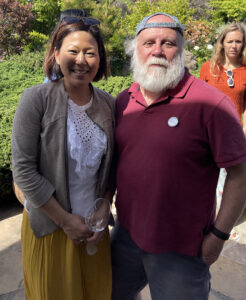 the Silverado Resort & Spa. The release of her 2022 Napa Valley Koshu was cause for an intimate gathering, elegantly catered with original Japanese hors d’oeuvres paired perfectly with the three wines being released: besides the Koshu, her 2020 Sauvignon Blanc was a delicate , appealing wine, while the 2019 Cabernet Sauvignon proved redolent of the myriad accolades this vintage has received.
the Silverado Resort & Spa. The release of her 2022 Napa Valley Koshu was cause for an intimate gathering, elegantly catered with original Japanese hors d’oeuvres paired perfectly with the three wines being released: besides the Koshu, her 2020 Sauvignon Blanc was a delicate , appealing wine, while the 2019 Cabernet Sauvignon proved redolent of the myriad accolades this vintage has received.
But the Koshu was the star of the afternoon. Blended from two of the producing sites Michelele has contracted, this white winewas neither sweet nor aromatic, more akin to an Arinto than, say, a Viognier, and without the citrus overtones of a Sauvignon Blanc. Certainly a wine that can hold its own not only with an array of lighter Asian dishes but as a perfect complement to almost any shellfish or whitefish fillet.
I hadn’t originally intended to attend A Vintner’s Choice, the 59th Annual Grand Tasting benefiting the Napa Wine Library, but the promoters were generous enough to provide me with a trade pass, and since it was being held just down the hill from Kazumi, I was happy to trek over to the Silverado Resort. Wine in Napa is, of course, predominantly a commercial enterprise, but its wineries contribute enormously to innumerable causes and charities throughout the county. plus there are concerts, festivals, soirées, and such that have become mainstays of the community fabric.
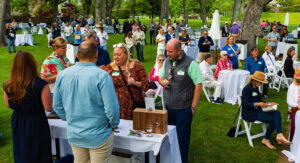 But wine is far more than a commodity or beverage, but as integral to modern civilization as music or literature or art. And in this regard, the Napa Valley Wine Library Collection serves as a preserve for wine’s many cultural artifacts, “an incomparable resource for research, appreciation, andd understanding of wine in all its ramifications.” As such, it was a pleasure to participate in this event and raffle, to help maintain this most important endeavor.
But wine is far more than a commodity or beverage, but as integral to modern civilization as music or literature or art. And in this regard, the Napa Valley Wine Library Collection serves as a preserve for wine’s many cultural artifacts, “an incomparable resource for research, appreciation, andd understanding of wine in all its ramifications.” As such, it was a pleasure to participate in this event and raffle, to help maintain this most important endeavor.
As a guest, it is not my place to complain, but as I was requested to provide my insights into the event, given that I have produced similar affairs, I did note that the two hours allotted to the outdoor tasting was really insufficient. Not because of the price, as this was a charity affair, but becausde so many wineries generously offered their time and samples. With 57 vintners on hand and pouring, two hours equated to roughly two minutes at each table. Of course, only a rare person could even fathom visitng with everyone on hand, but donor wineries do hope to reach as many attendees as possible at such events.
Adroit as I may be, I began my tasting, as I am wont, with the handful of wineries I had yet to  meet and try, then filled in as many others as I could. Striking out on her own, Carolyn Martini moved from the sale of her family’s multigenerational venture, Louis M. Martini, to their Chiles Valley vineyard where she built Napa’s secondmost formidable fortress, Castlevale. Aided by another third-generation vintner, winemaker Angelina Mondavi, she showcased her 2019 Chiles Valley Defender, a powerful Cabernet from one of Napa’s less-heralded AVAs.
meet and try, then filled in as many others as I could. Striking out on her own, Carolyn Martini moved from the sale of her family’s multigenerational venture, Louis M. Martini, to their Chiles Valley vineyard where she built Napa’s secondmost formidable fortress, Castlevale. Aided by another third-generation vintner, winemaker Angelina Mondavi, she showcased her 2019 Chiles Valley Defender, a powerful Cabernet from one of Napa’s less-heralded AVAs.
Another longstanding Napa legend, Robert Pepi, now making wine at Gregory Rodeno’s Villa Ragazzi, further his renown for Italian varietals with a vastly impressive 2019 Napa Valley Sangiovese, along with the 2022 Oakville Rosato di Sangiovese. I would have expected Massimo Di Costanzo also to produce noteworthy Italian selections from his eponymous label, but nonetheless, I was greatly impressed with both the 2020 Napa Valley DI CO Cabernet Sauvignon and the 2019 Coombsville Caldwell Vineyard Cabernet Sauvignon poured here.
Perhaps the most striking discovery of the day was Okapi, whose Jungle Love Vineyard sits on Big Ranch Road not far from Robert Biale. The non-vintage Proprietor’s Blend Alkimmy was indeed a revelatory blend of Old Vine Zinfandel, Petite Sirah and Merlot, while the 2018 Cabernet Sauvignon Jungle Love Vineyard more than warranted an O-E-O-E-O. But I had to save my greatest cries of ecstasy for the 2013 Calistoga Amoenus Cabernet Sauvignon from Maybach. I unfortunately get to taste these wines as often as I ride in one of their namesake automobiles, but it’s most certainly a rare treat when I do.
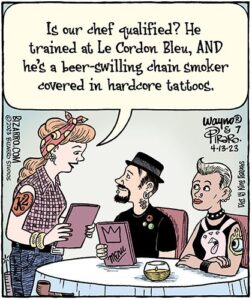
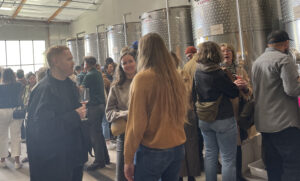 Not all the wineries on hand in Richmond were neophytes. Time-tested pros like
Not all the wineries on hand in Richmond were neophytes. Time-tested pros like 


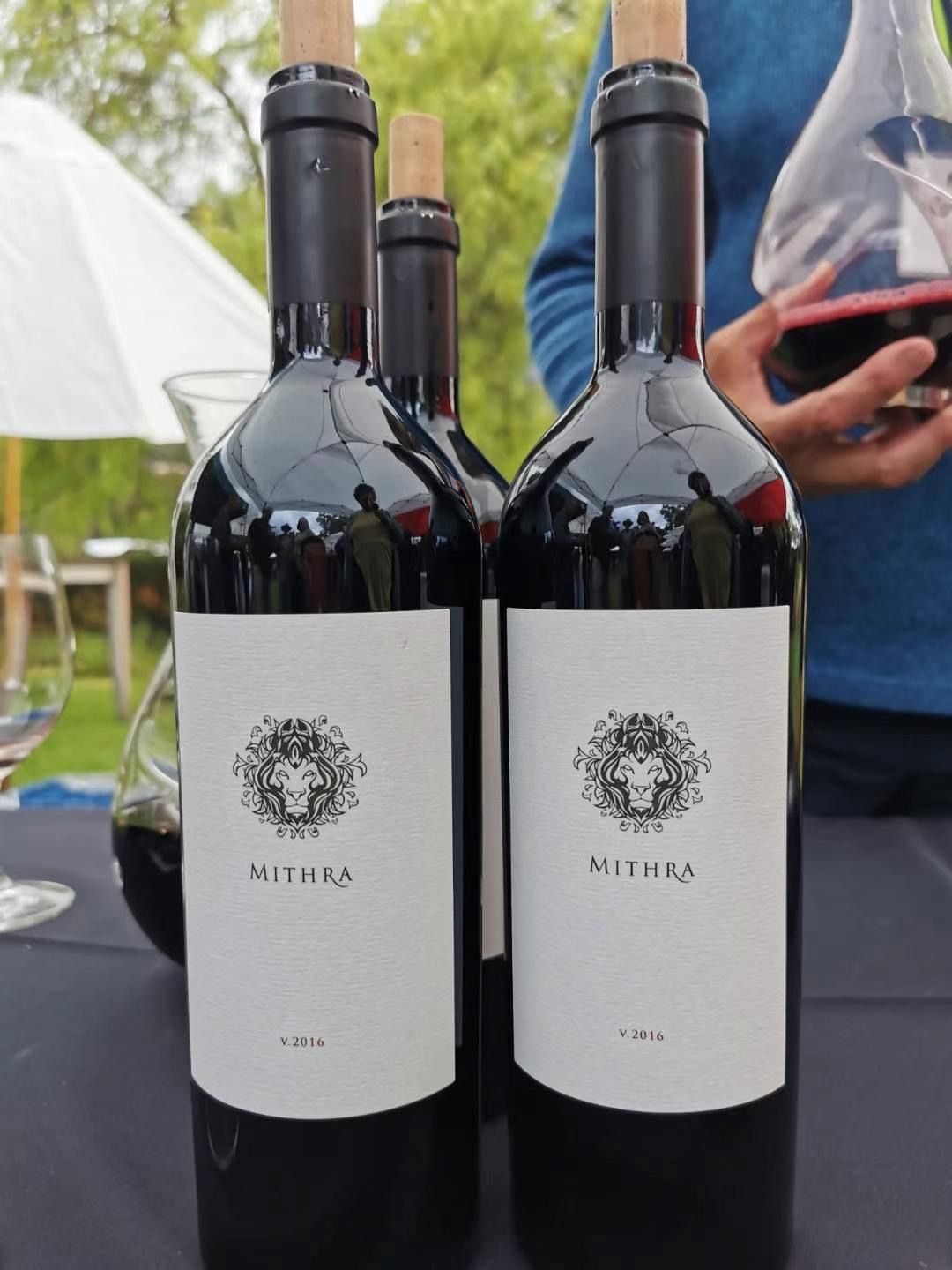 the typical five Bordeaux varietal blend in their 2018 Reserve Cabernet with 2% Carménère from their Mount Veeder estate, while
the typical five Bordeaux varietal blend in their 2018 Reserve Cabernet with 2% Carménère from their Mount Veeder estate, while 
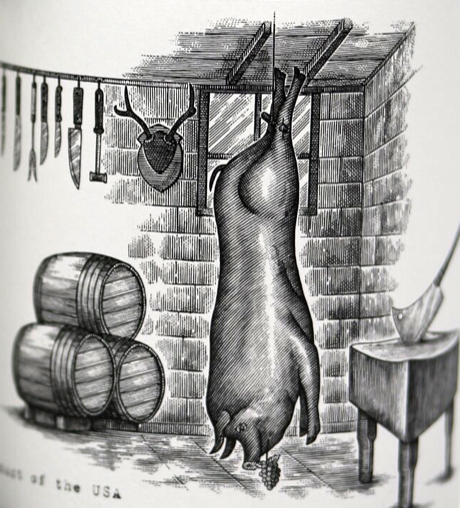
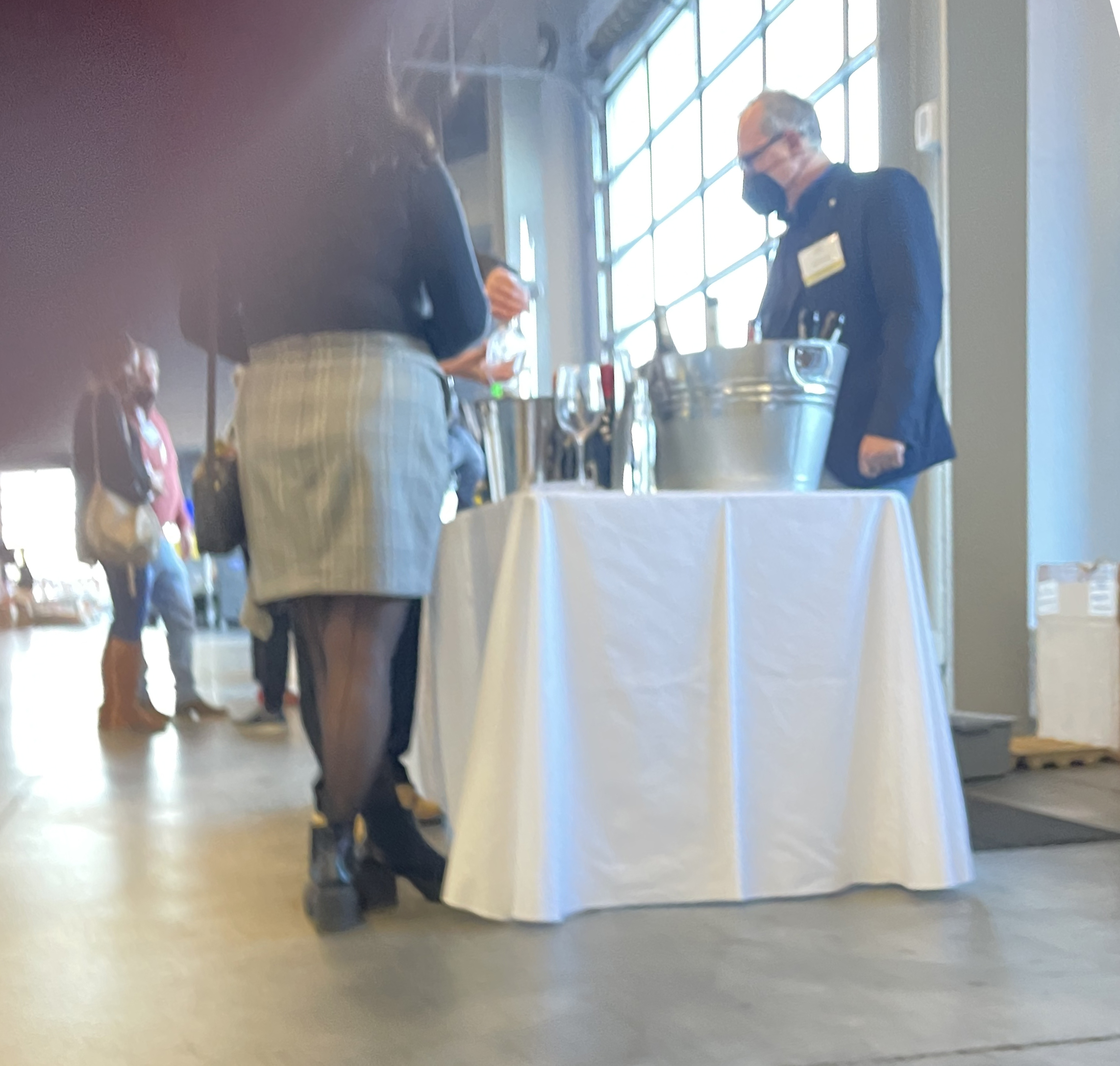 I was quite surprised that The Slow Wine Tour held to its January schedule.
I was quite surprised that The Slow Wine Tour held to its January schedule.  Former
Former 


 Saint-Emilion lies to the south of Pomerol and is distinguished by wines that blend Merlot and Cabernet Franc. Principal protagonists here include
Saint-Emilion lies to the south of Pomerol and is distinguished by wines that blend Merlot and Cabernet Franc. Principal protagonists here include  This is not to say that I didn’t thoroughly enjoy Carlo Niboli’s second staging of
This is not to say that I didn’t thoroughly enjoy Carlo Niboli’s second staging of